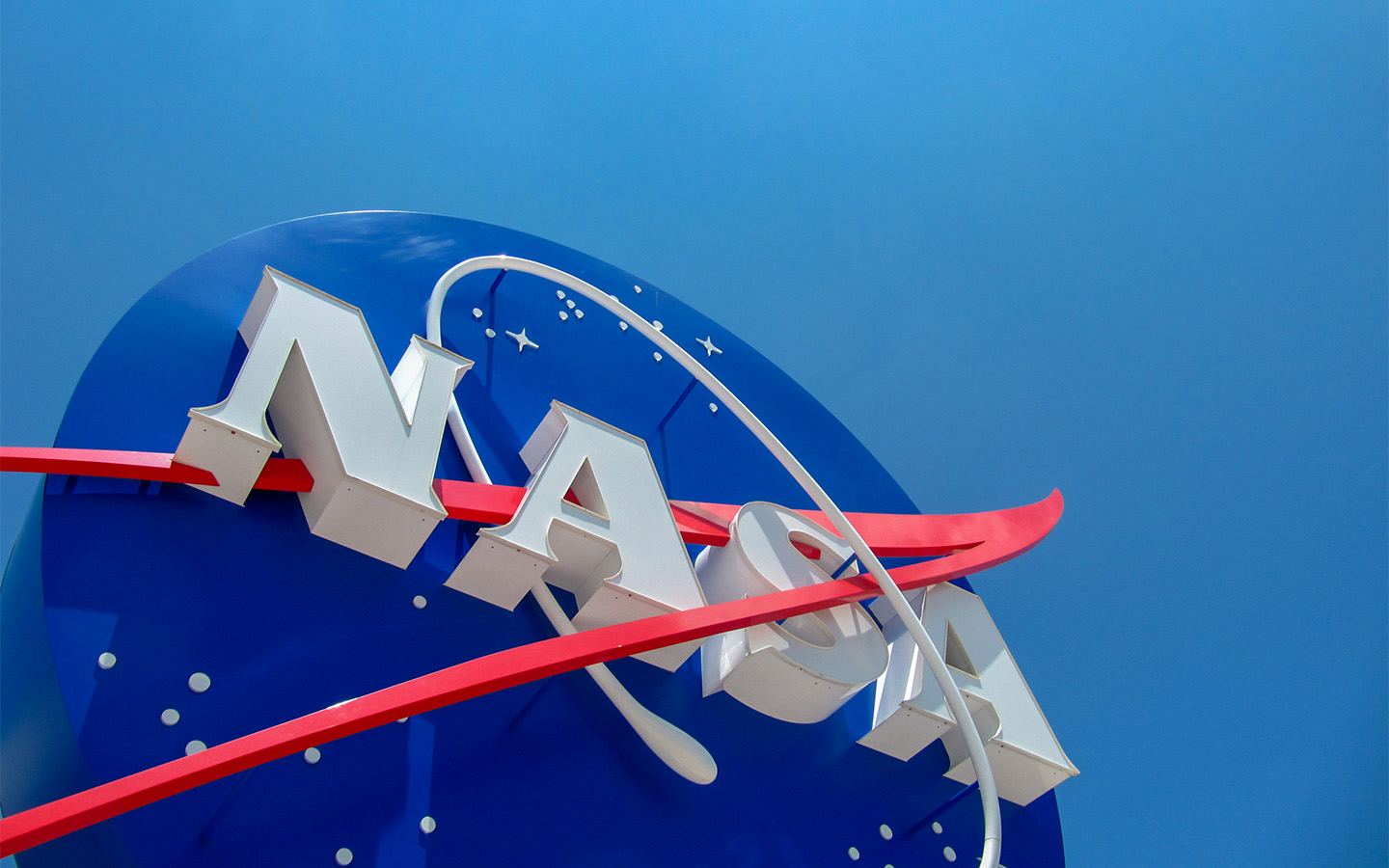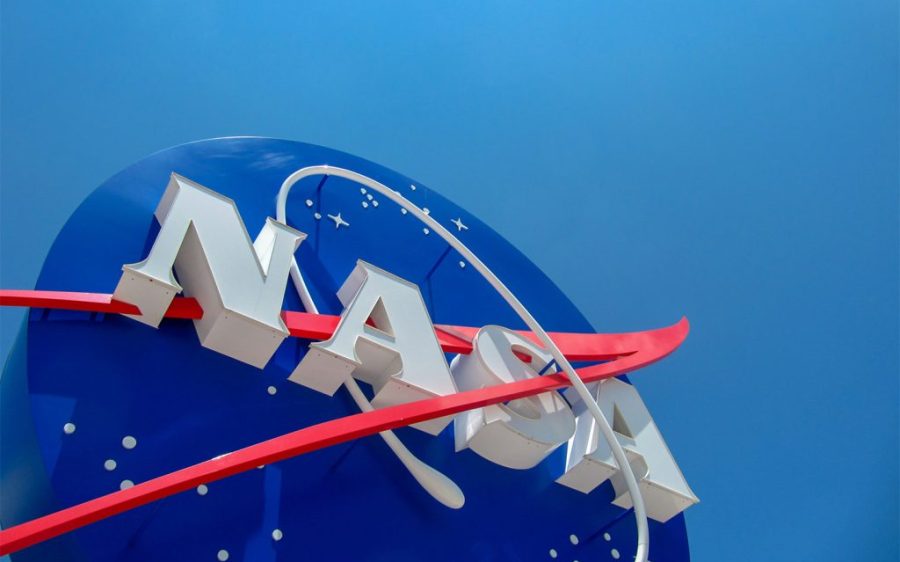NASA could launch the first crewed mission in its Artemis programme as early as next February, the mission a stepping stone to returning humans to the moon.
The US space agency previously pushed back the mission several months to April 2026, but at a news conference on Tuesday – reported by the BBC – acting deputy associate administrator Lakiesha Hawkins said the launch window could open as early as 5 February. She stressed, however, that “safety is our top priority.”
Artemis II will carry four astronauts on a 10-day flight around the moon and back, taking the crew further into space than anyone has been before, some 9,200 kilometres past the moon. The mission aims to test the rocket and spacecraft systems, laying the groundwork for a future lunar landing.
Hawkins acknowledged that the programme is part of a “second space race” launched at the behest of the Trump administration. China’s ambitious Chang’e programme expects to land an unmanned exploratory mission at the Moon’s South Pole sometime next year.
Artemis I, the first mission in NASA’s multibillion-dollar programme, saw an unmanned spacecraft launch in November 2022. The spacecraft spent 25 days in space, traveling around the Moon before re-entering Earth’s atmosphere.
[See more: ‘Milestone’ mission: China is poised to land on the far side of the moon]
While the mission was hailed as a success, it did expose an issue during re-entry – namely, a rapid buildup of gases that created enough pressure to break off chunks of the heat shield. To avoid this, NASA engineers modified Artemis II’s re-entry path.
Testing the heatshield is one of the goals of the second mission. Artemis II will use the same type of Orion spacecraft and powerful Space Launch System (SLS) rocket, marking the first manned flight using those systems. Mission commander Reid Wiseman, pilot Victor Glover, and mission specialists Christina Koch and Jeremy Hanson are slated to make the flight. Hanson will be the first Canadian to fly in the vicinity of the Moon.
The Orion capsule, the crew’s home during the 10-day flight, will separate from the upper stage of the SLS rocket around three hours after liftoff.
As it orbits the Earth for the next 24 hours or so, crew members will perform various checkouts to ensure the vehicle’s life support systems, thrusters, and other equipment are performing nominally. If things look good, it will perform a burn of its main engine to shift into a free return trajectory around the Moon, a path that will take the crew further from Earth than any humans have ever been.






